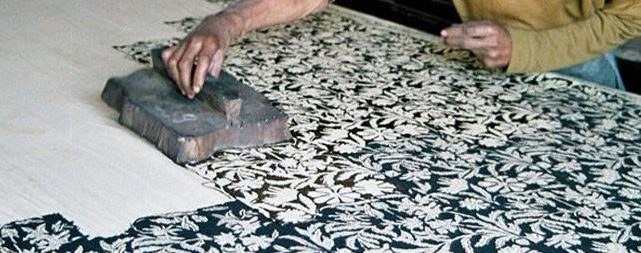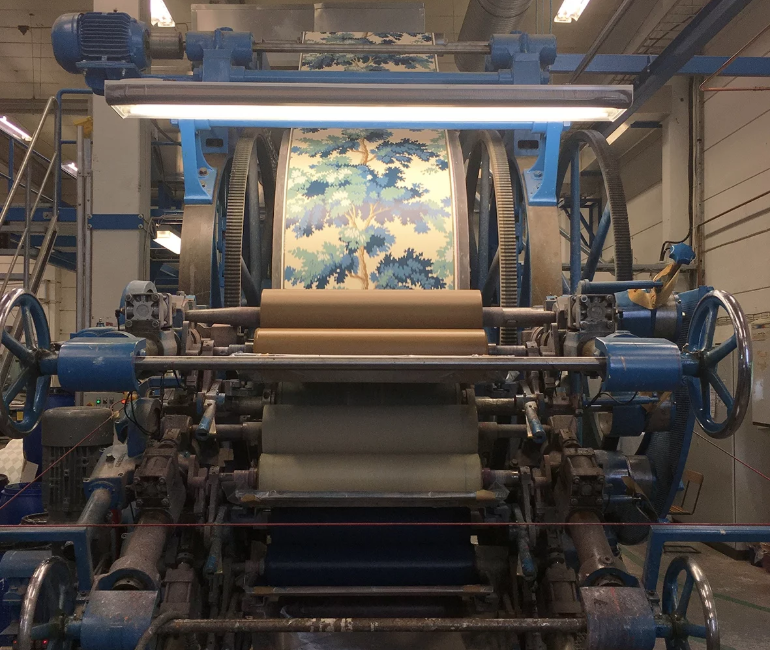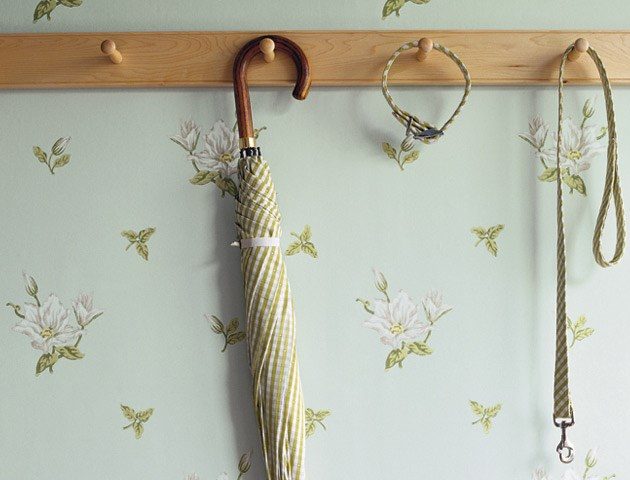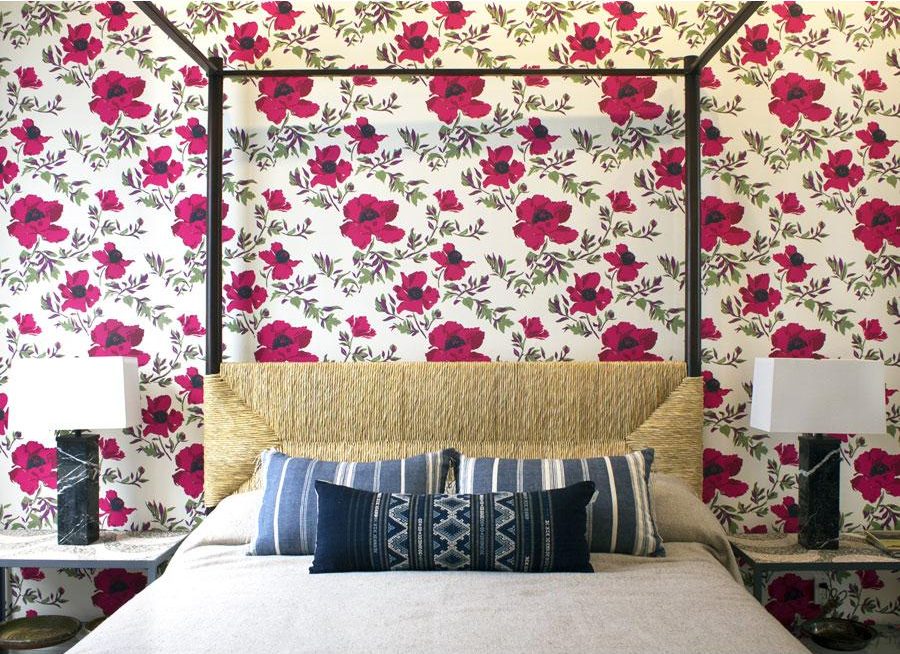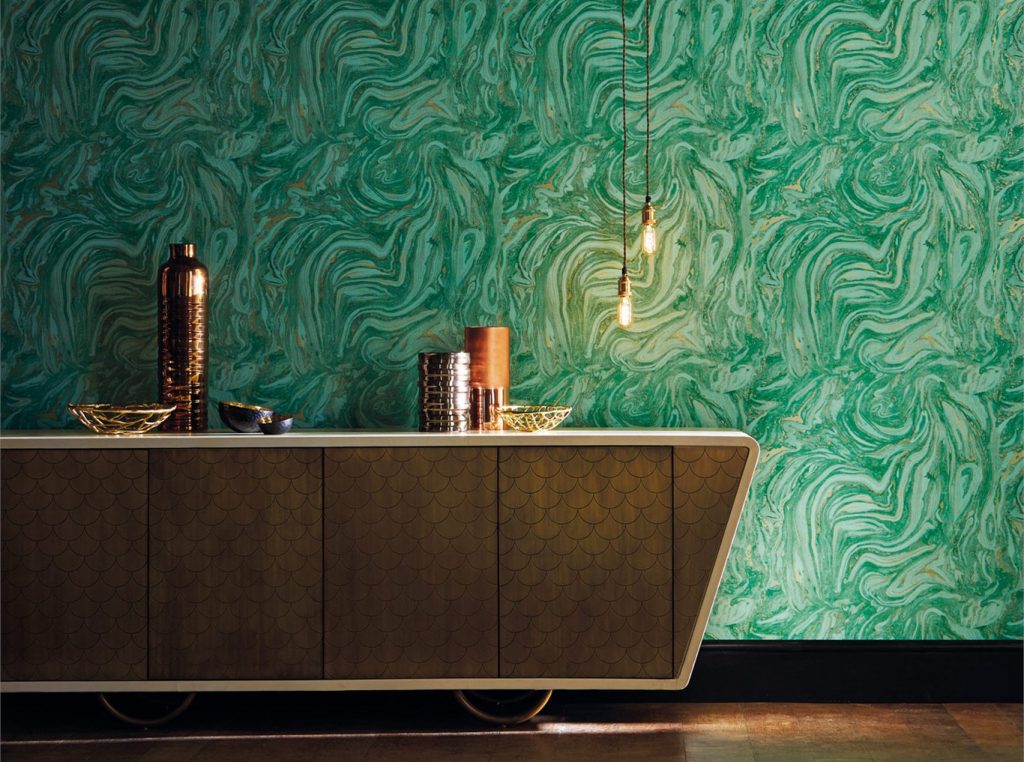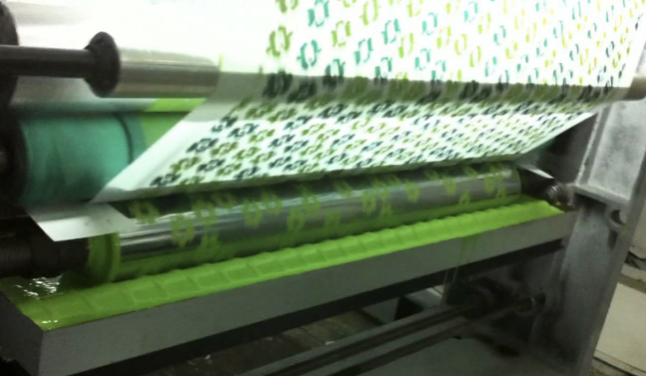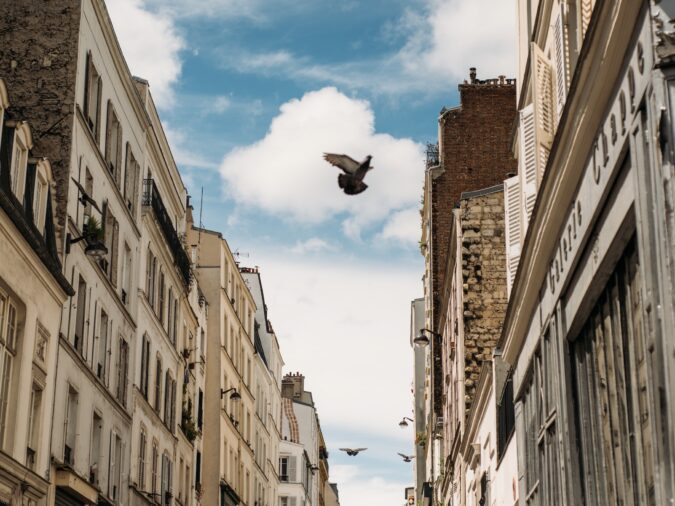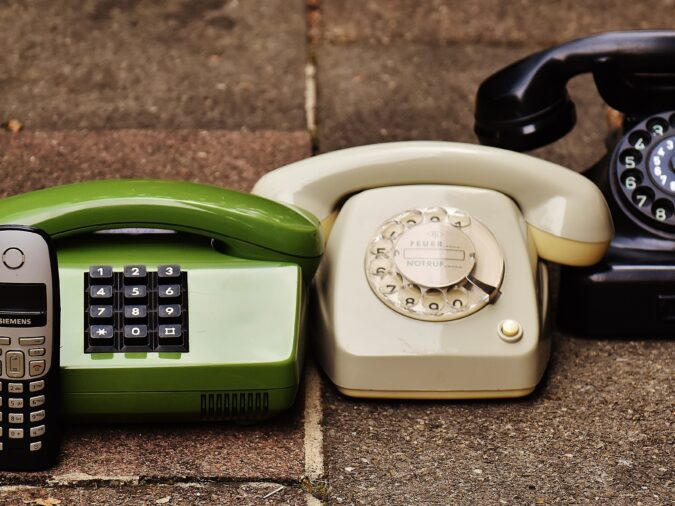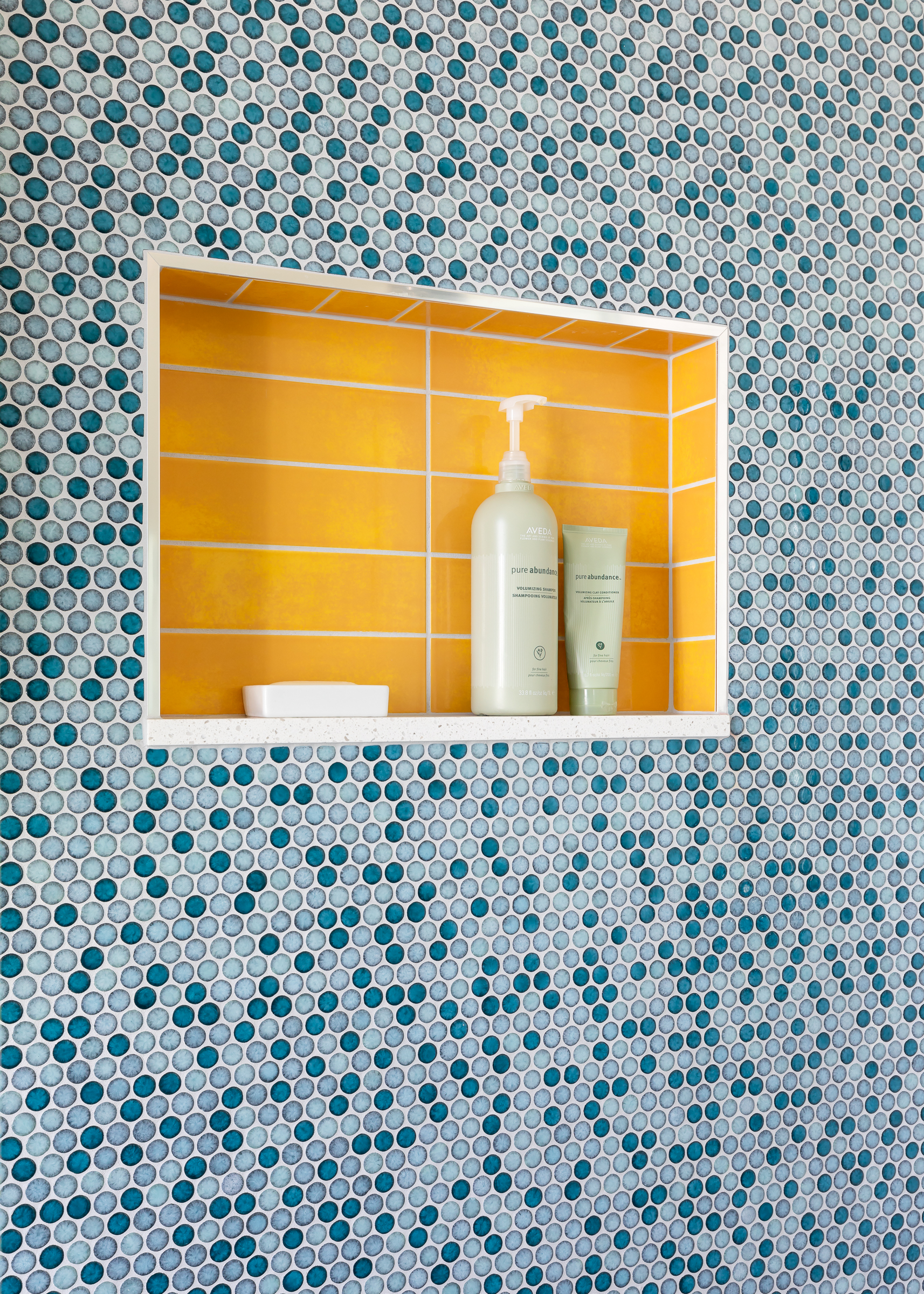Wallpaper Printing Methods (aka Why Is Wallpaper So Expensive?)
Wallpaper Printing Methods (aka Why Is Wallpaper So Expensive?)

Eager to get happy at home right now?
Get 10 tips for a happier home!
Wallpaper can be intimidating, but it’s a great way to bring a little more personality into your room. I mean, paint is *awesome*, and it’s one of our favorite tools for transforming a space, but sometimes we want a little something more!
Below, I break down the most popular types of wall coverings (from most-to-least expensive), wallpaper printing methods, and give you some hints about why these price points are sometimes larger than life! (Hint: There are a lot of really skilled and dedicated hard working people out there!)
Block Printed Wallpaper
Block printing is the oldest form of wallpaper printing. Dating back to 1509, block printing is kind of like using a rubber stamp – An inked image is transferred from a carved wooden block onto a sheet of paper and voila!
$$$$ – When block printing first began, the wood blocks were made of the wood from fruit trees such as cherry and pear. Nowadays blocks are made from linoleum, plastic, or metal which doesn’t warp or crack as easily as wood. Unfortunately, this doesn’t make block printed wall paper much cheaper for the public. This process not only needs a new block for every added color (and 4 to 5 hours of drying in between), but it’s also done by hand!
YOUR RESULT: A skillfully crafted piece of art. Each piece of paper has been touched by human hands who decide how much weight and color goes into each print, making each one truly individual!
Bonus: This (along with many of the following methods of printing) is also a very popular method in creating printed textiles! One US company, Block Shop Textiles, based in California and India shares more about that process in written and video form here.
SURFACE PRINTED WALLPAPER
Developed in the 1840s, Surface Printing gave us the first mechanized process for hand block printing. You can print a wallpaper with up to 12 different colors, and because this is a wet-on-wet process (no need for dry time between colors!), you get a distinctive appearance that only these 100-year-old machines can provide!
$$$ – Because this is a mechanized process, costs are a bit lower for the consumer. However, this of course depends on how much color is being added to the paper. Each color is mixed and matched by the human eye – So once you run out of a particular color for your pattern, it can be incredibly difficult to duplicate, making each print a specialty piece!
Your Result: Because of the wet on wet process, Surface Printed wallpapers have a almost painted appearance with some bleeding between colors.
Hand Screened Wallpaper
Similar to Block Printing, Hand Screened wallpaper was developed in the 1940s and is very labor intensive. As the name suggests, humans are at work here. In this method, paper is laid out on incredibly long tables (sometimes the length of a football field). An applier places a screen with a design face down on a piece of paper, pours water based ink to the back of the screen, and uses a rubber squeegee to force the ink into the areas where the mesh allows ink to run through down to the paper. Each layer of this must dry before adding on another color.
$$$$ – As you may imagine, this is an extremely skilled, detailed, and time intensive process, but you come away with wallpaper that has a rich quality due to both the thick layer and precise application of the ink.
YOUR RESULT: You get solid, separate and very rich colors. The patterns have crisp, sharp edges and detail and the paper is fairly smooth with a slight edge to the surface.
ROTARY SCREEN PRINTED WALLPAPER
Developed in the 1960s, this is the mechanized version of screen printing and uses a roller that pushes ink through the meshed screens instead of human hands.
$$$ – These wallpapers are the most cost effective version of hand screen printed wallpapers, however, the process uses more ink than what you see on the paper, so is not your cheapest option overall. Because this is a dry-on-dry process (you have to wait to add more color), it also takes more time to create this type of wallpaper.
YOUR RESULT: Similar to Hand Screened prints! You get solid, separate and very rich colors. The patterns have crisp, sharp edges and detail and the paper is fairly smooth with a slight edge to the surface.
Bonus: There are a few special techniques that are used with this method! Some include glitter and small beads! This is made possible by using a raised ink.
Gravure Printed Wallpaper
This method really revolutionized the printing world because it offered a cost effective style of wallpaper – whoo hoo! Wallpaper for the masses! Developed in the 1950s and 60s, gravure printing is a mechanized form of printing that is smilier to rotary screen. The main difference is in the production of the roller. The roller used for gravure is coated in a thin copper that is laser cut to include the design. This laser cuts different depths along the design to allow for more or less ink to be transferred to the paper. The different depths of cells also allow for you to achieve many shades of one color, which can lead to really interesting designs!
$$ – Once the costly print roller has been produced, this is the least expensive form of printing because each roller is long lasting and durable, and easily controls the amount of ink transferred to the paper.
Your Result: You get beautiful tonal effects, watercolor techniques, and transparent colors. This printing method also allows for very detailed designs.
Bonus: Gravure printing is the only method that would let you get the above marble effect!
DIGITALLY PRINTED WALLPAPER
Our last printing method for wallpapering brings us to the modern age – digital. As most of us know, this involves creating a design in a computer and having it printed directly onto paper. Digital printing machines use a CMYK (cyan, magenta, yellow and black) process just like your home ink-jet printer, giving you unlimited colors and tones!
$ – Although there is still a lot of variety in cost and quality, digital printing is pretty much the most cost effective method of wallpaper printing. This is not only because the process is less labor-intensive, but also because it can be printed in smaller quantities. The only thing to watch out for is that not all graphic quality is created equal, and some of these digitally printed papers are kind of pixelated. That can be a result of either a bad original image (not high-enough resolution) or a bad printer (just like when your printer leaves lines or uneven color on your print-out).
Your Result:This is a super customizable product, so the results are endless! If you’re looking for photographic quality, this would be the printing method for you!
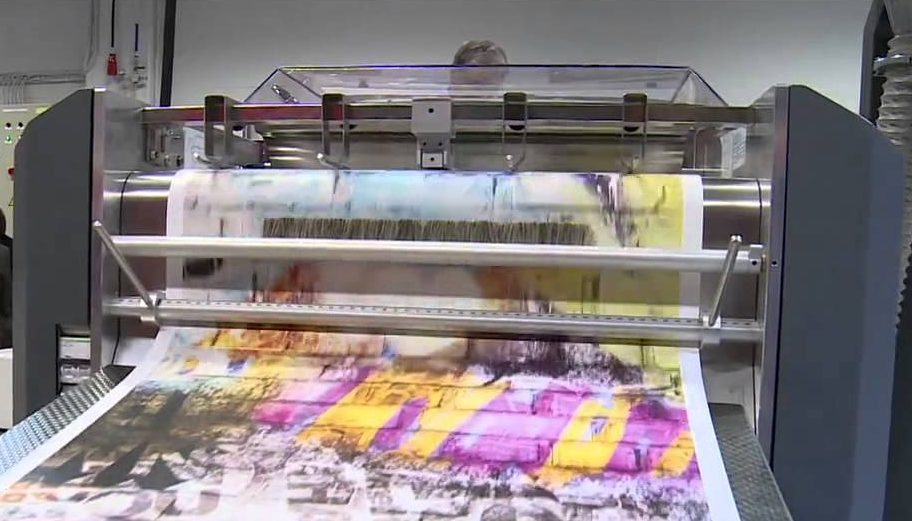
Obviously there are many different types of wallpaper in the world at many price points, and each one will be the right fit in different situations and for different folks.
When deciding what is right for you it helps to take the conversation back to basics and understand what makes each product unique!
If you need help deciding what *is* right for you, please reach out! We’d love to help.
How wonderful to know the artistry that comes with each piece, whether that comes from a talented hand-screener or a talented digital artist, and what fun to share that history with your friends when they admire your one-of-a-kind walls!
May your home (AND youR WALLS) always be happy,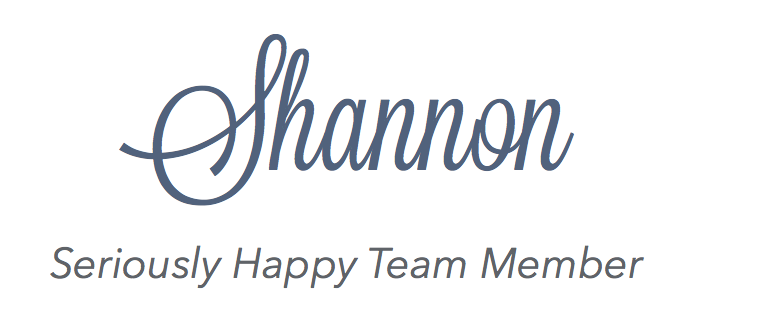
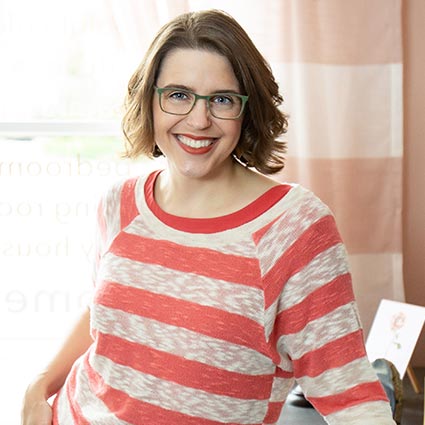
HI, I'M REBECCA WEST!
I’m an interior designer, author, podcaster, speaker, and coach to other designers. (Whew!) But I’m not your classic interior designer because, frankly, I don’t care if you buy a new sofa. I do care if your home supports your goals and feels like “you.” Remember, happy starts at home!
More From Seriously Happy Homes
Are you ready for a seriously happy home?
(Cue the confetti!)

Eager to get happy at home right now?

